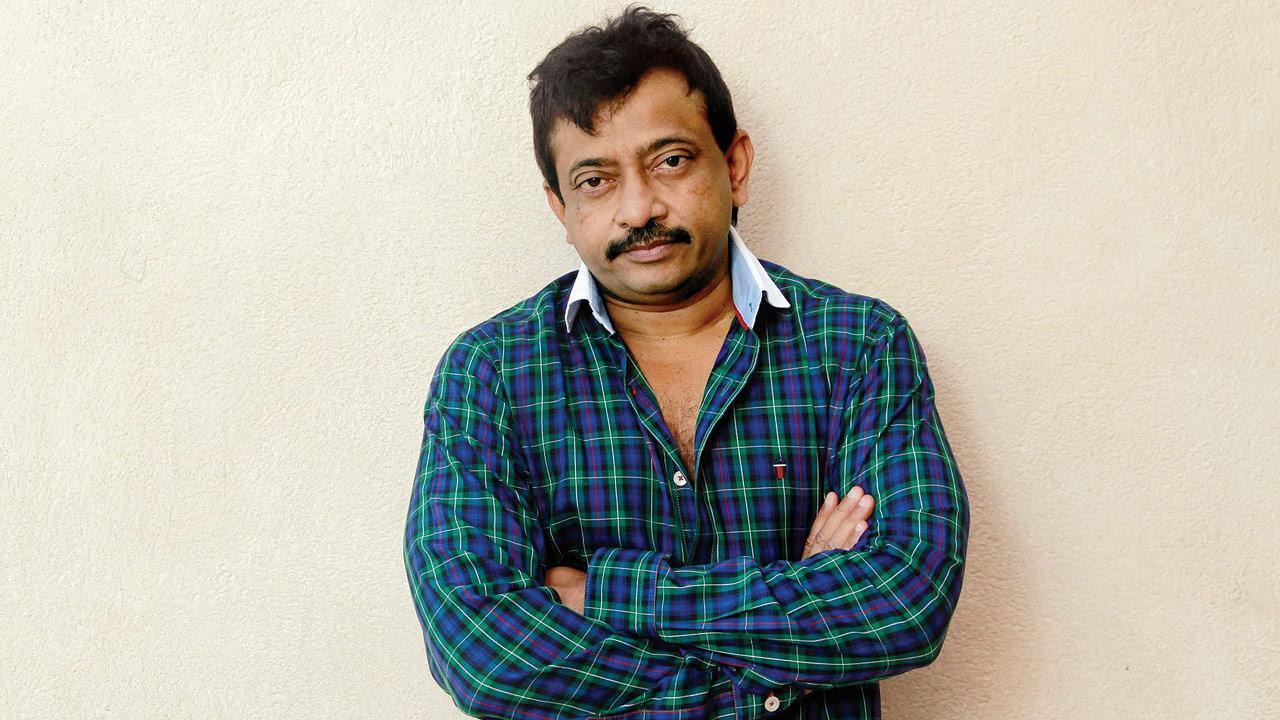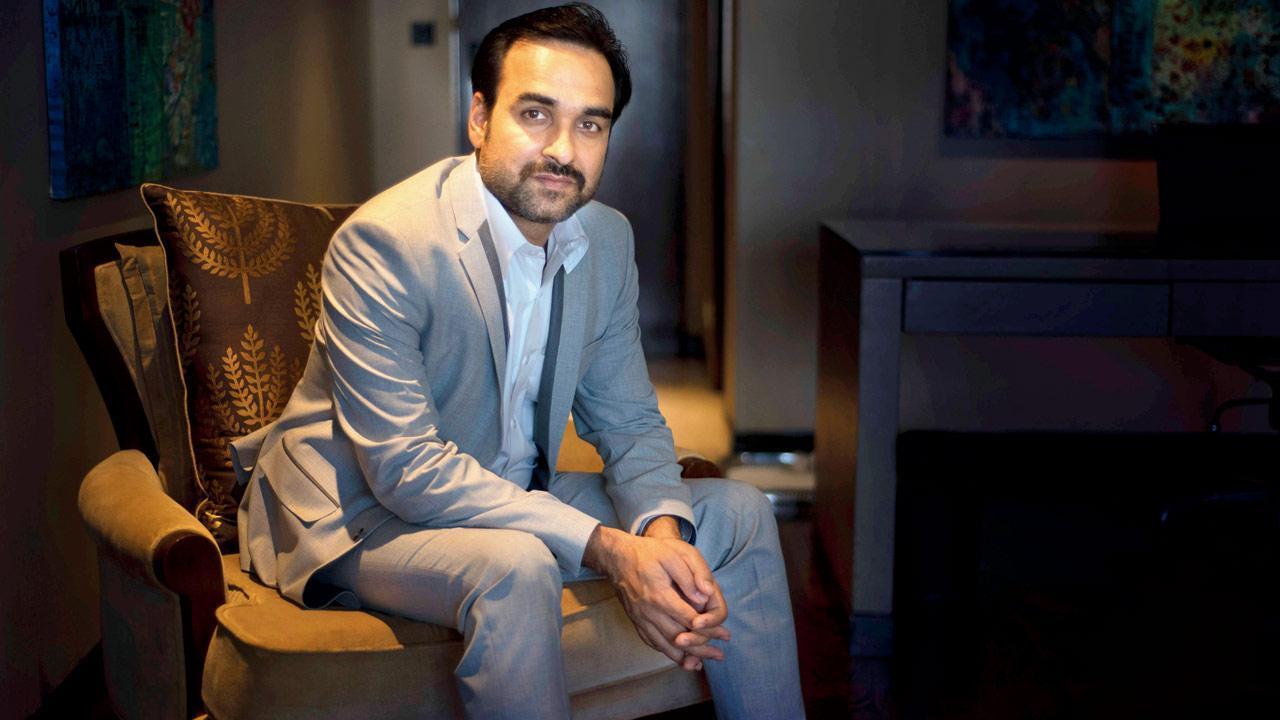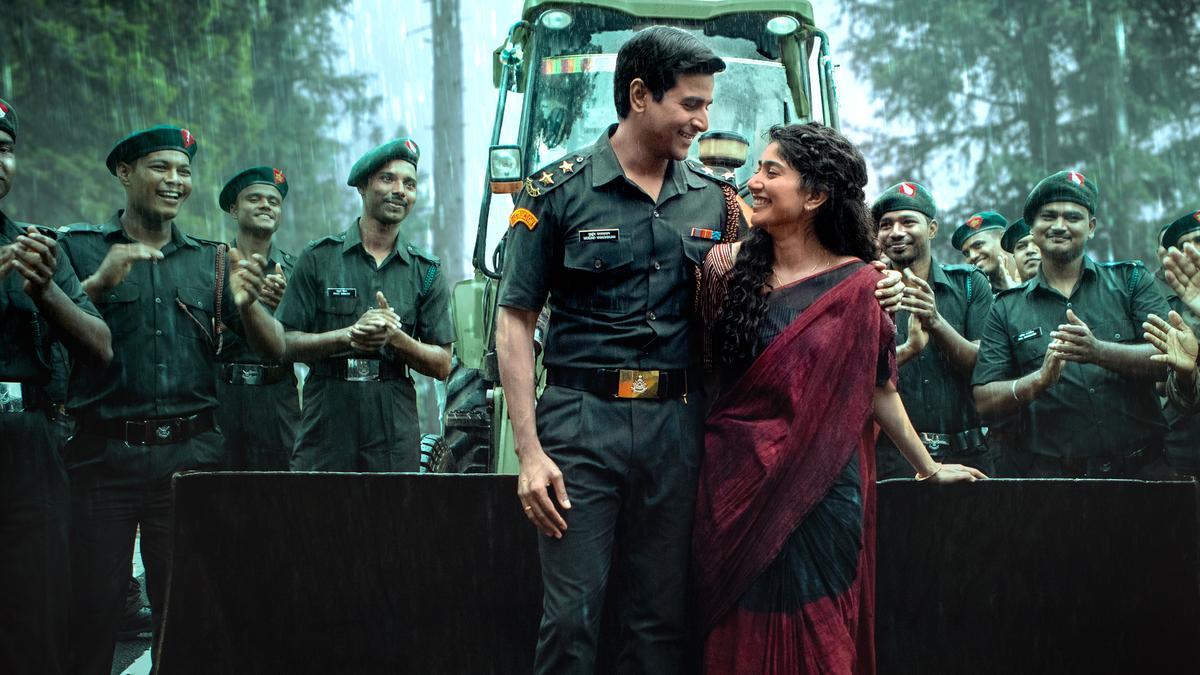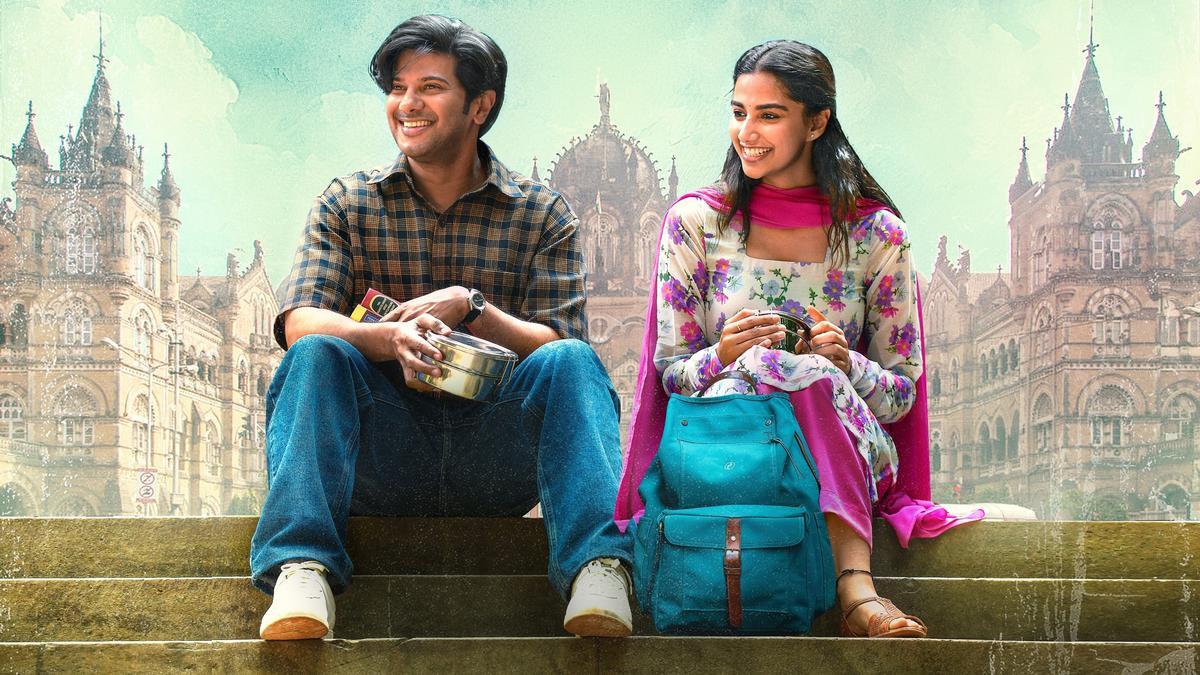
On a serene evening coinciding with the vibrant festival of Basant Panchami, the capital city of Delhi was treated to an auditory celebration of the season of renewal – spring. Held at the CD Deshmukh auditorium of the India International Centre (IIC), “Sahana Bahar” was a concert that orchestrated the essence of Hindustani music’s time theory. According to this melodic doctrine, musical compositions known as raags are attuned not only to specific times of the day or ‘prahars’, but also to seasons. It is a tradition that has guided the execution of seasonal raags through years – be it the refreshing showers captured in monsoon melodies or, as in the event of the evening, the exuberant blossoms of spring eulogized through Basant Ritu raags.
Organized by the Navaras School of Performing Arts based in Patna, in collaboration with the IIC, Delhi, the concert sought to corral and convey the charm and jubilance of spring through the execution of raags such as Bahar, Basant, Shahana, and Hindol. This was done with a combination of instrumental prowess with the sitar and the resonant power of vocal recitals.
Curator and introducer, Dr. Ajit Pradhan from Navaras School, initiated the proceedings with an encapsulating sentiment, “Mausam-e-bahar ke mauqe par, shahana-bahar ka unwaan”, aptly studding the ambiance with evocative Urdu couplets that segued beautifully into the musical performances.
Commencing the symphony of spring was Adnan Khan, a prodigious sitarist associated with the musical heritage of both the Dilli Gharana from his maternal lineage and Kirana Gharana from his paternal influence. Adnan’s performance, seemingly taking inspiration from the esteemed Ustad Vilayat Khan, began with the soulful strains of raag Shahana, embodying an aura that is as imperial as the name suggests. His explorations in the lower octaves during the aalap segment set the stage for an evening of musical rhapsody. With dexterity, he teased out the essence of spring with an imaginative range of improvisations rich with gamakas and geometrical jhala patterns. The concert hall reverberated with delightful variations across a spectrum of rhythmic cycles or taals, displaying a mastery that merged youthful energy with classical discipline.
Following the sitar recital, Manjusha Patil, heralded as one of the leading Hindustani vocalists of contemporary times, graced the stage. With lineage and learning from the Gwalior, Agra and Jaipur gharanas, Manjusha’s repertoire manifested a resonant aesthetic. Commencing with raga Basant, she enchanted the audience through an intricate arrangement of khyal and tarana compositions, her voice evoking the vibrant tapestries of springtime.
Manjusha’s performance transitioned seamlessly into a duet of contrasting raags, combining Hindol-Bahar to remarkable effect – a juxtaposition resonating with the event’s thematic celebration of spring. Her control and fluency were augmented by Vinay Mishra’s harmonious support on the harmonium, while Prashant Pandav kept a rhythmic anchor on the tabla without overshadowing the melody.
The musical congregation drew to a close with the stirring notes of raga Bhairavi, typified by the refrain ‘Aayo fagun maas’, a homage to the arrival of the month symbolic of spring – Phalgun. Audience members were left not only with a lilt in their hearts but also an introspective appreciation for the meticulous manner in which Hindustani classical music encapsulates time and season within its melodic folds – a testament to the rich cultural tapestry of India.
This performance underscored the continuity of a time-honored tradition that pays homage to the rhythms of nature through the instrumentations and vocalizations of dedicated artists. The concert, Sahana Bahar, thus, not merely reiterated the ethos of Basant Ritu in its full glory but also ensured its audience left with the echo of spring resounding in their souls.










